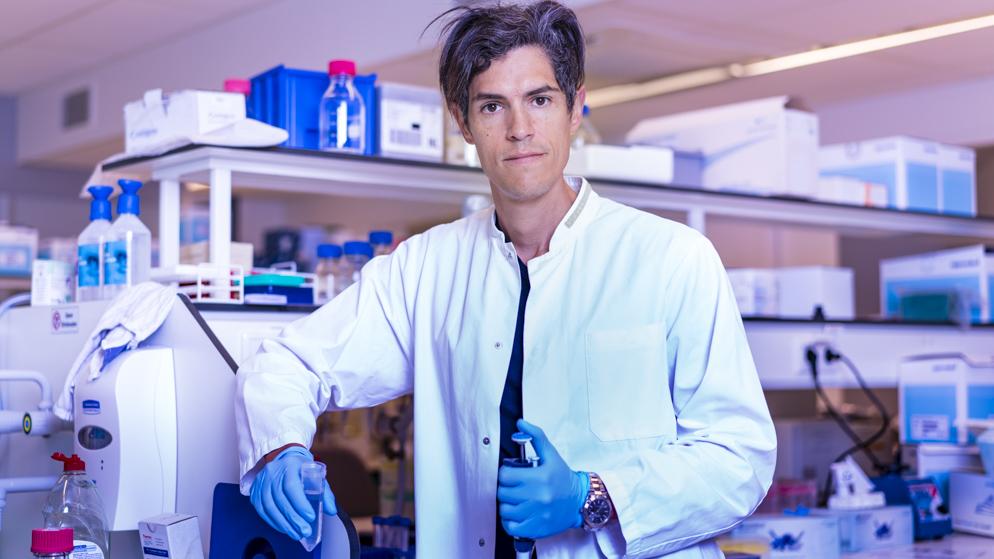The heart muscle of Grégory Lacraz

Who are you and what do you do?
“I am a doctor in Physiology and Physiopathology, coming from France, and interested in metabolic disease and regenerative medicine. My desire to become a researcher arose early, from a deep will to understand and discover how the human body works. I realized soon that science could help me answering many questions I have, and I liked to use my own body as an object for experimentation! My favourite topic at this time: the energy balance, let’s says how the body reacts to what goes in (food) and out (basal metabolism and exercise).
After my doctorate in Paris, I decided to move to Canada where I completed a first training in Immunology. Then I moved back to Europe and I chose Holland where sits the Hubrecht institute, famous for research in stem cell biology. I am now pursuing my research, focusing on mechanisms driving healing and regeneration of the heart muscle.”
Where is this work spot?
“It is at the Hubrecht institute, in the lab of my teamleader professor Eva van Rooij. The lab is my main workplace. It is also where the scientific discovery arises. As a scientist, we spend so many hours in the lab that this space takes on a very special significance, some kind of a second home. I remember some intense periods during my research I did not count the hours. This can draw you deep into the action but at the same time, this gives you the chance to find out something profound in science.”
What is interesting about your research?
“I had the chance to enrich my knowledge in cardiometabolic disease through different disciplines and angles, such as, lately, molecular biology and bioinformatics. This allows me to address problems in a more complex but also more interesting way.
In the lab, we study the response of the heart after ischemic injury (when blood supply is impaired). This condition is devastating for the heart as it causes the loss of muscle cells essential for contractility. Because these muscle cells cannot regenerate enough, there is an extensive scar formation.
“How this process occurs is not very clear, so we recently applied to the infarcted heart a novel technique called tomo-seq (tomo for section and seq for genome sequencing), which provides a gene expression atlas across the tissue. Using this approach, we could unveil a master regulator of the scar process. In the near future, I aim to develop novel approaches and methods to promote endogenous mechanisms for tissue regeneration.
“Every single scientist will tell you one’s research is the most interesting ever! (LOL) What I particularly like in my job is you have a tremendous intellectual freedom to do things. It gives you not only the chance to do something unique that no-one did before, but also the opportunity to choose a scientific problem that interests the most. This aspect is key for who wants to last and achieve self-expression and creativity in science.”